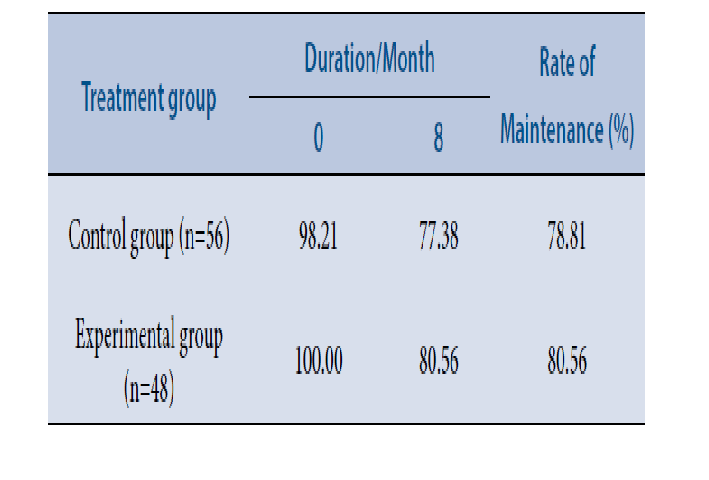The Effect of the Treatment by Combining Hyaluronic Acid Filler and Botulinum Toxin A on the Upper Face
Abstract
Context: Recently, more people have better aesthetic satisfactions with the application of various treatment methods. Especially, development of botulinum toxins and facial fillers provide patients having folds with new hopes. Aims: We studied to clarify the aesthetic effect of the treatment by combining the injectable hyaluronic acid (HA) and botulinum toxin A (BTX-A). Setting and designs: 115 patients complaining about folds in foreheads, glabellars, and lateral periorbital regions were selected. We made two groups; control group was treated only with injectable HA filler and experimental group by combining HA and BTX-A. Both groups were followed for 8 months after injection. Material and methods: HA (Restylane) and BTX-A were together applied to the upper face folds including forehead, glabellar and crow’s feet that were represented by mimetic muscles. We evaluated the correction and the maintenance effects in control and experimental groups at 0 and 8 months after treatments. Statistical analysis used: All the experimental values were analyzed statistically with Student’s t-test of Microsoft Excel 2013. Results: All the patients in both groups had efficient fold corrections, but there was no significant difference of the rate of maintenance between 2 groups. Conclusion: On the upper face, combined treatments with the injectable HA and BTX-A were intended to have better early effects than with only a filler, and the combined procedure didn’t have a significant difference in fold correction maintenance effects after 8 months.






